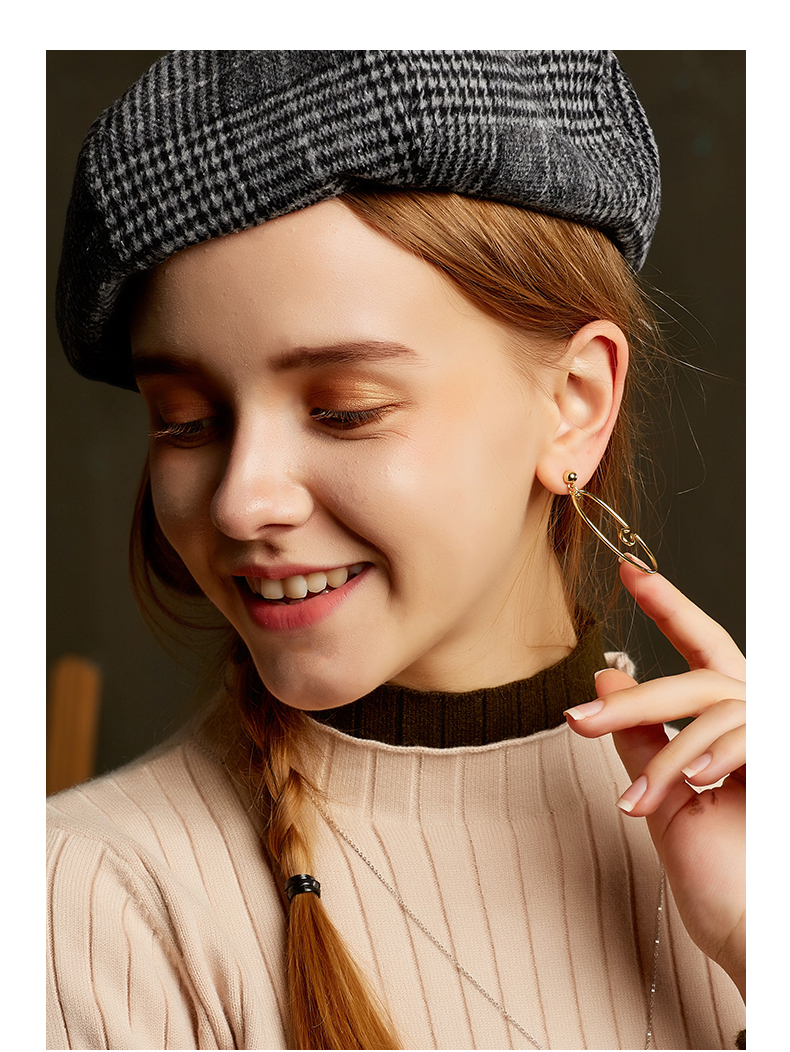Pearls can be divided into natural pearls and cultured pearls, while cultured pearls can be divided into seawater pearls and freshwater pearls. Natural pearls have low production and high prices; Cultivated pearls can be produced in large quantities, so the price is much lower. The main difference between natural pearls and cultured pearls is that they do not have a nucleus inside. The core of natural pearls is often just some sand particles or parasites, or even without a core. The core of cultured pearls is a larger round bead made artificially, so the outer wrapping layer is relatively thin. On the surface of the body, natural pearls have poor roundness due to their random growth environment, where foreign objects in the nucleus rarely roll. The inner core of cultured pearls is rounded, so the roundness is better after being formed into pearls. Due to its long growth time, natural pearls have a delicate texture after being formed, with a thick layer and smooth skin, with few "protruding bubbles" and are relatively transparent. Cultivated pearls have a thin layer, rough texture, and a waxy luster due to their short sound when they are formed. The surface often has some concave and convex "small bubbles", and the transparency is also poor. If it is a perforated pearl, carefully observe the inside of the hole with a magnifying glass. If it is a cultured pearl, you can generally see a brown boundary inside the pearl, which is the boundary between the inserted core and the pearl layer that later grows.

Imitation pearls often appear in the market, usually made of glass beads coated with fish scale powder or silver powder. Their luster is significantly different from real pearls and their weight is also different, which can be recognized by those with some experience. If there are nails or knives that scratch, immediately reveal the true face of Mount Lu.

















